Mathematics
Mrs Robyn Wilson - MaST - Mathematics Specialised Teacher
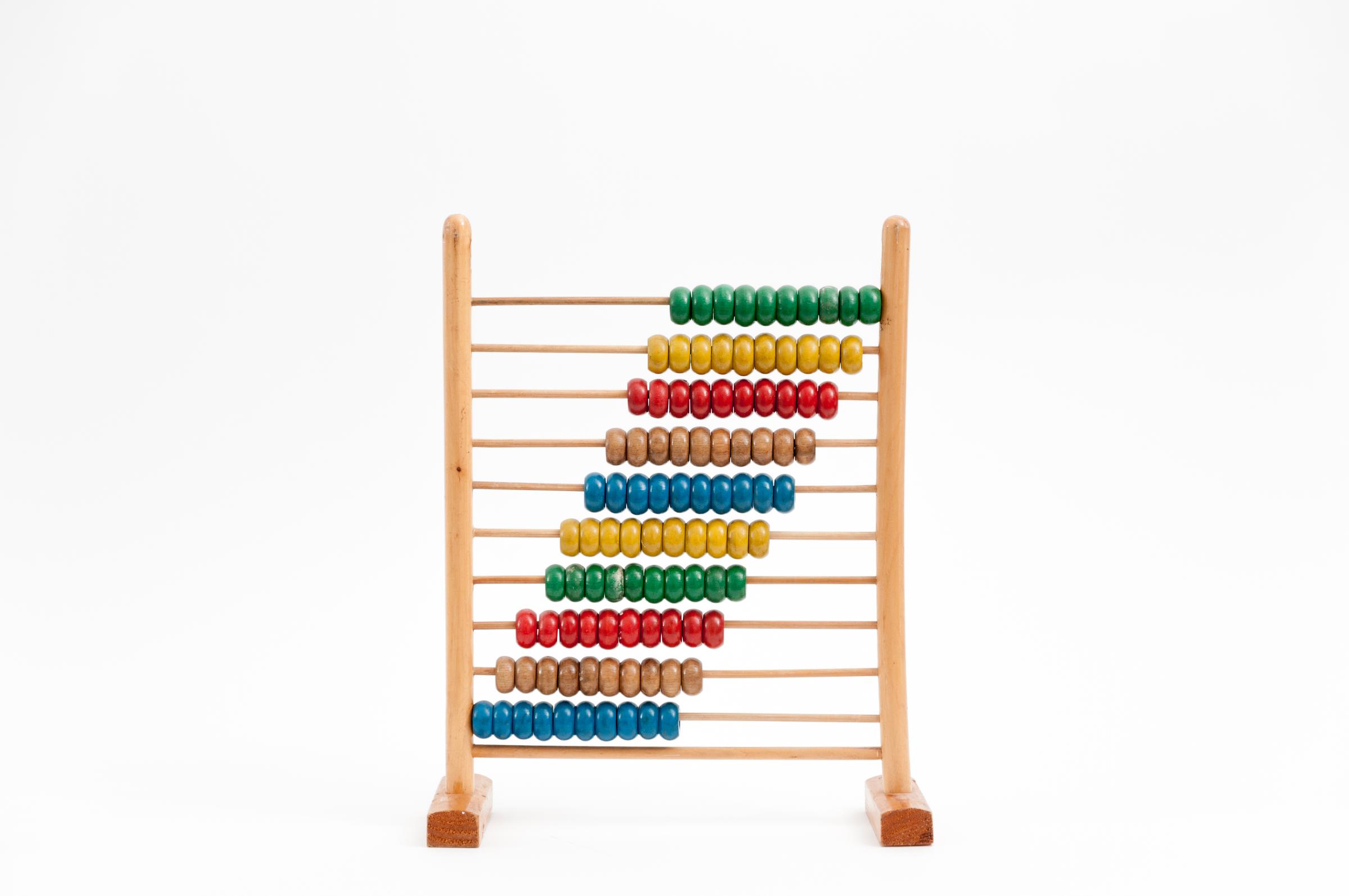
Mathematics
Mrs Robyn Wilson - MaST - Mathematics Specialised Teacher
This week we were lucky enough to have Helen Rowsell a Subject Matter Expert from the CSO MaST project visit our school to work with Mrs Wilson and some of our students. Helen showed us how to make some Rekenreks to help us with our place value and number fact fluency. Below are some photos of the students making the Rekenreks.

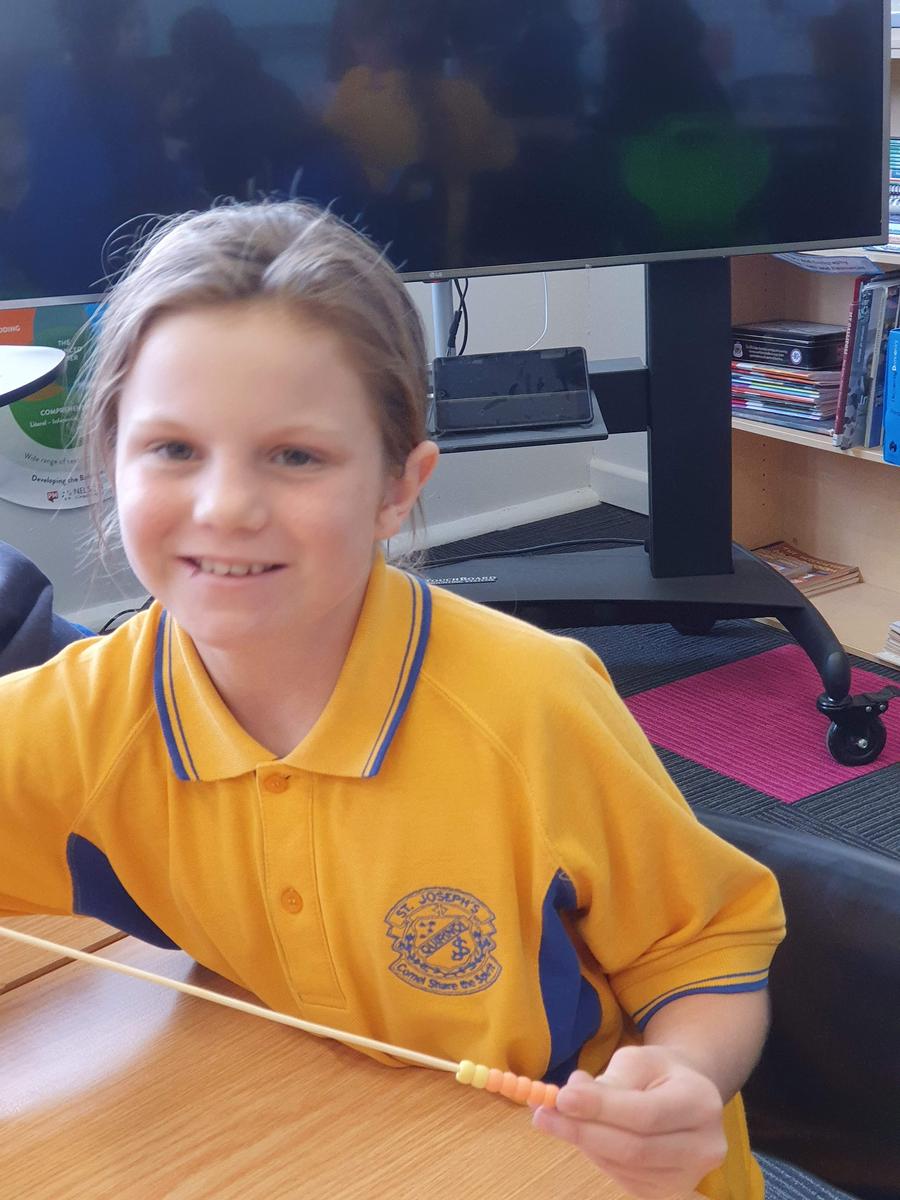
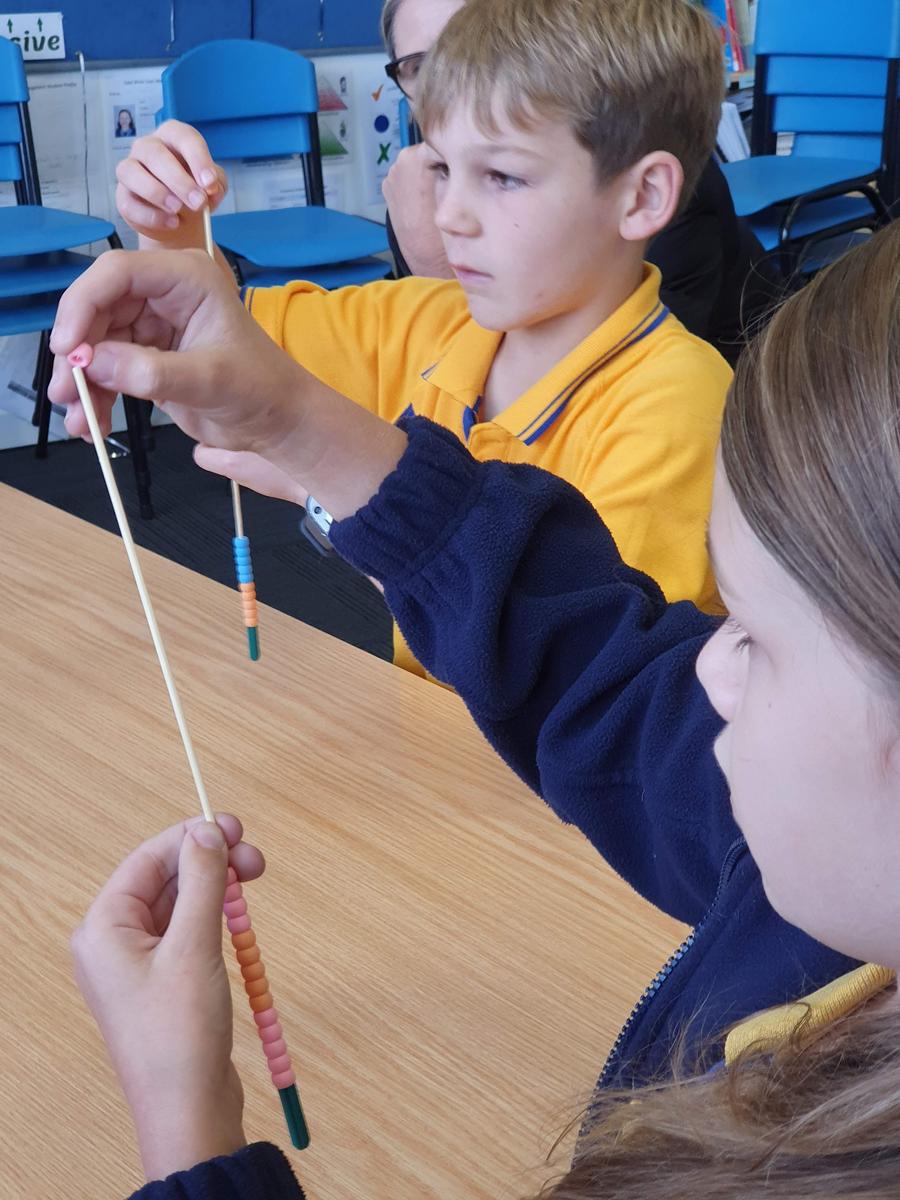
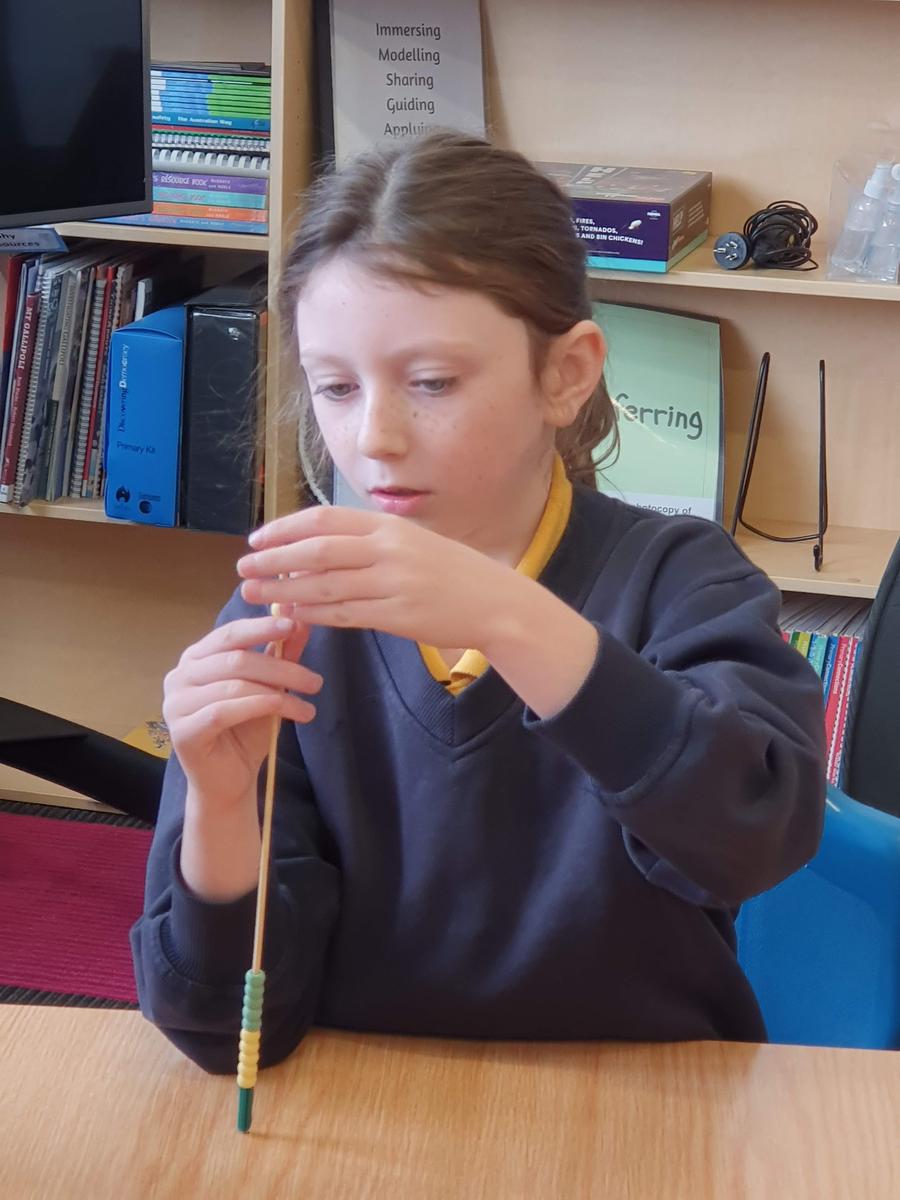
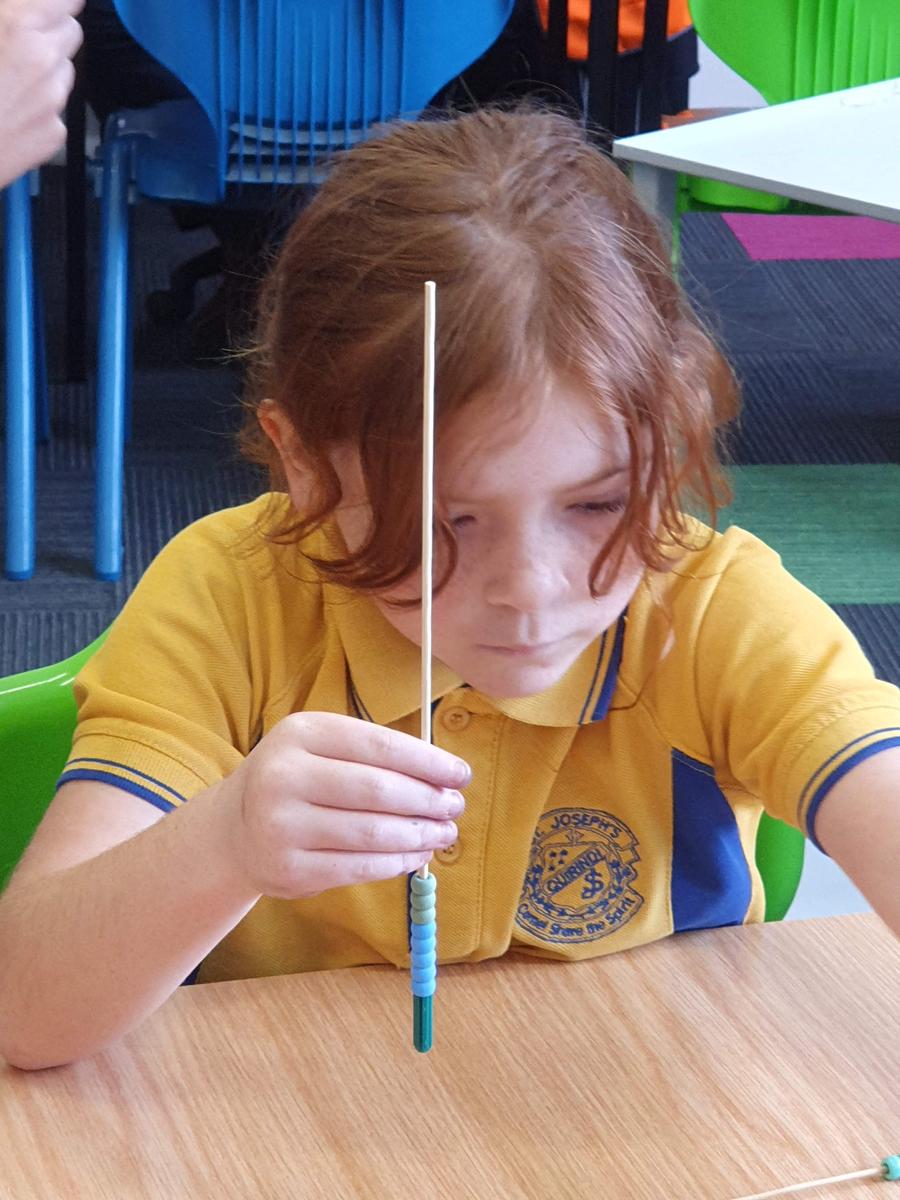
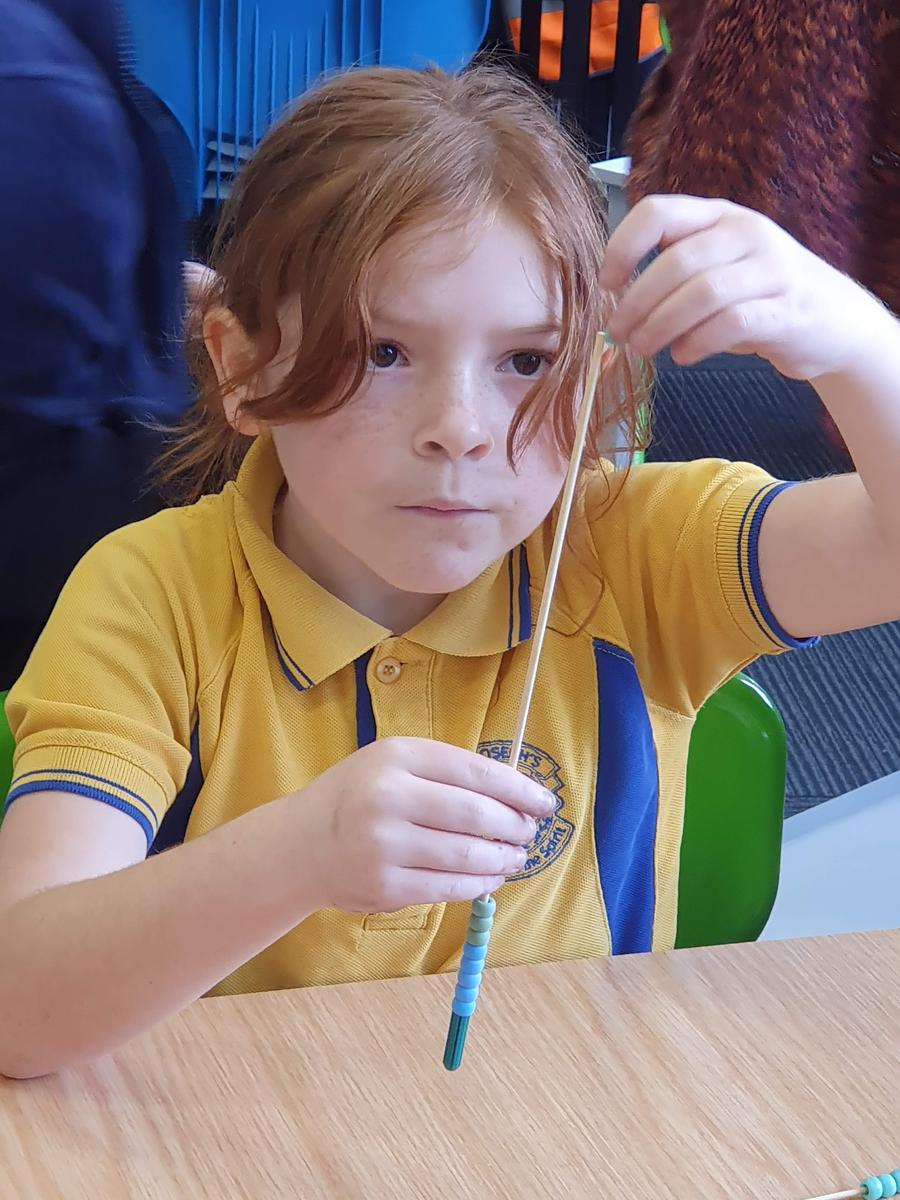










There is perhaps no task of greater importance in the early grades than to help young children develop powerful understandings of numbers – their meanings, their relationships to one another, and how we operate with them. Mathematics educators have long focused on these objectives, doing so through the use of various models. Counters, number lines, base-10 blocks, and other manipulatives have been used for decades to cultivate number sense and beginning understandings of addition and subtraction. While each of these models has been shown to be effective in fostering mathematical reasoning, researchers agree that each of these models is limited. More recently, the Rekenrek (also called an arithmetic rack) has emerged as perhaps the most powerful of all models for young learners. Developed by mathematics education researchers at the highly regarded Freudenthal Institute in the Netherlands, the Rekenrek combines various strengths inherent in the previously mentioned models in one compelling and accessible tool. The Rekenrek was designed to reflect the natural intuitions and informal strategies that young children bring to the study of numbers, addition, and subtraction. The Rekenrek provides a visual model that encourages young learners to build numbers in groups of five and ten, to use doubling and halving strategies, and to count-on from known relationships to solve addition and subtraction problems. With consistent use, over a short period of time children develop a rich sense of numbers, and intuitive strategies for solving problem contexts that require addition and subtraction.
What is the Rekenrek? As noted above, the Rekenrek combines features of the number line, counters, and base-10 models. It is comprised of two strings of ten beads each, strategically broken into two groups: five red beads, and five white beads. Readily apparent in this model is an implicit invitation for children to think in groups of five and ten.
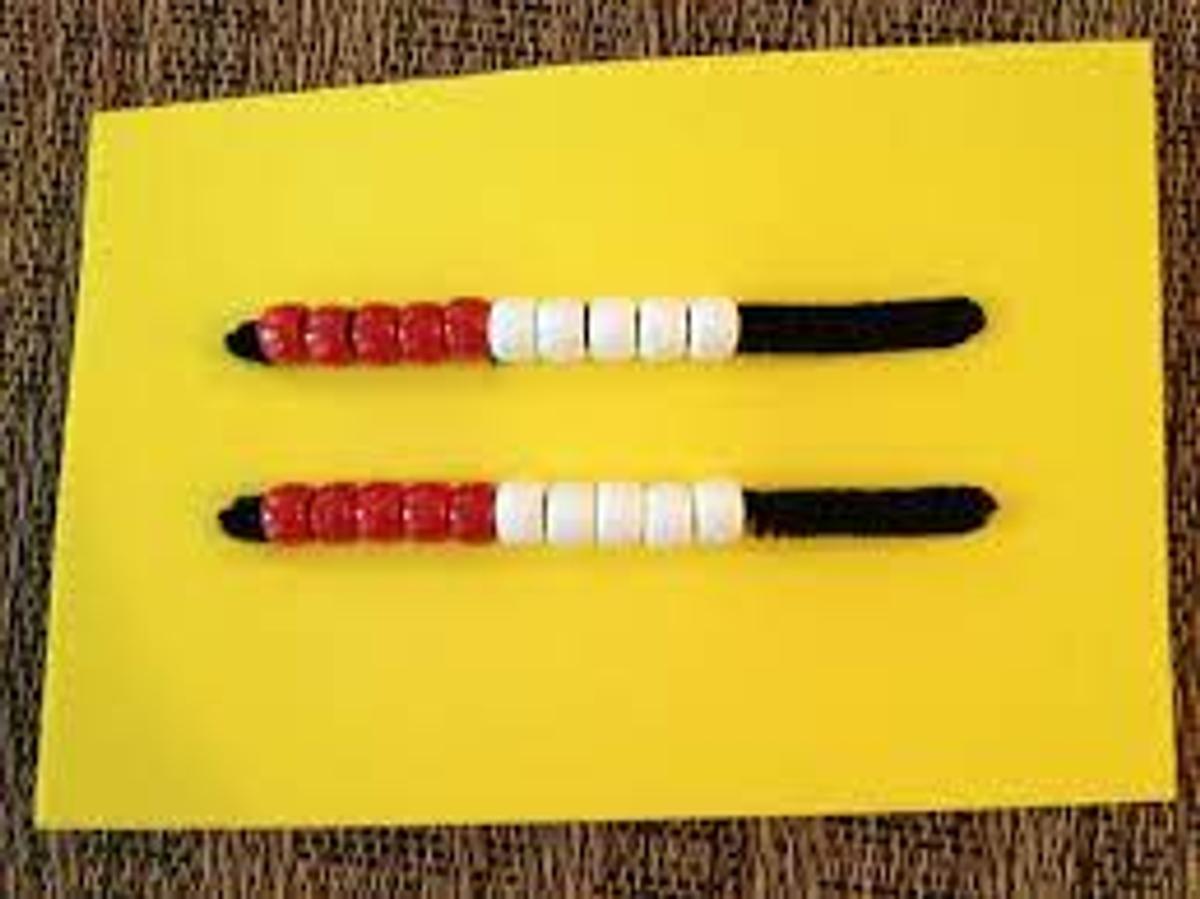

(taken from Learning to Think Mathematically with the Rekenrek A Resource for Teachers, A Tool for Young Children by Jeffrey Frykholm, Ph.D.)